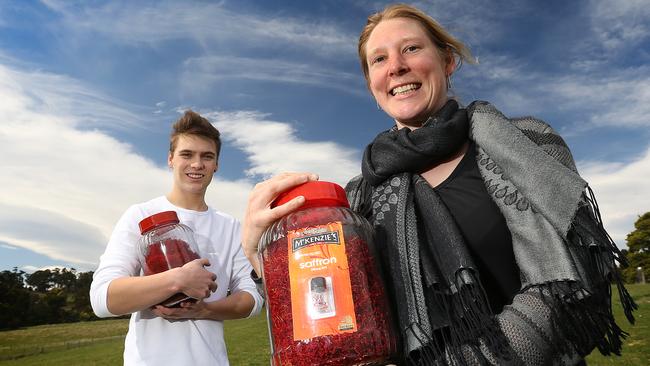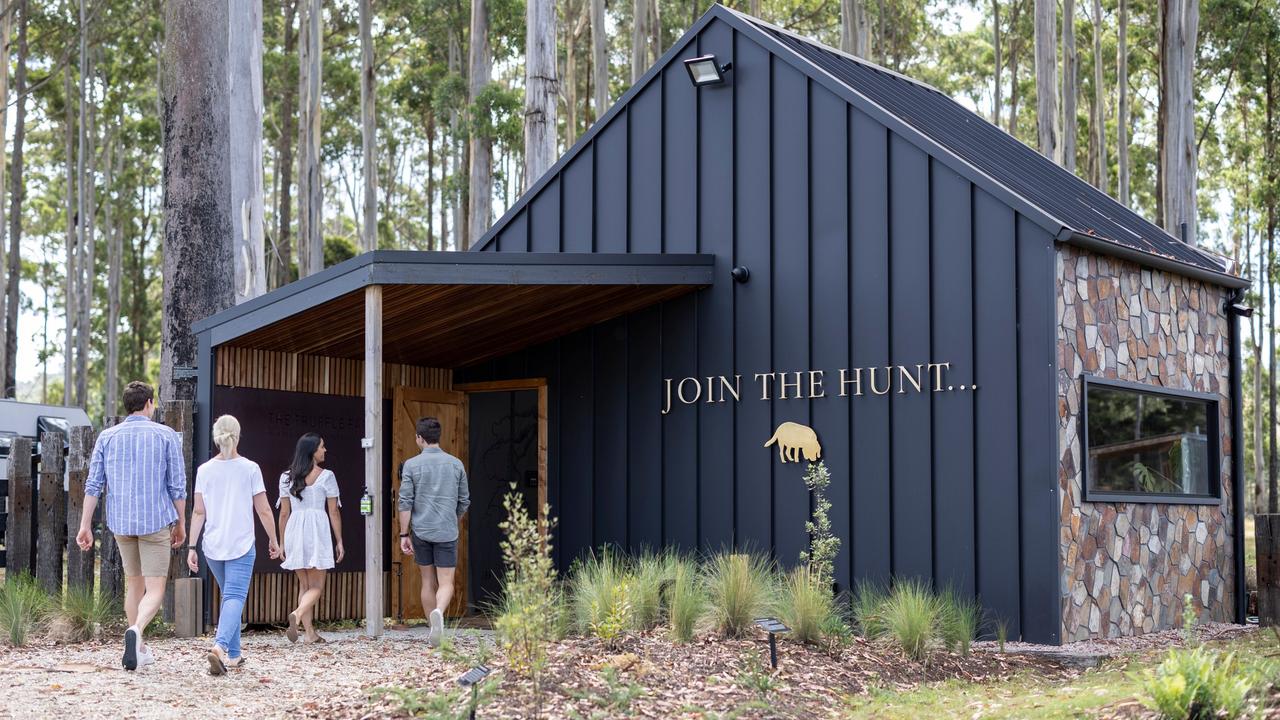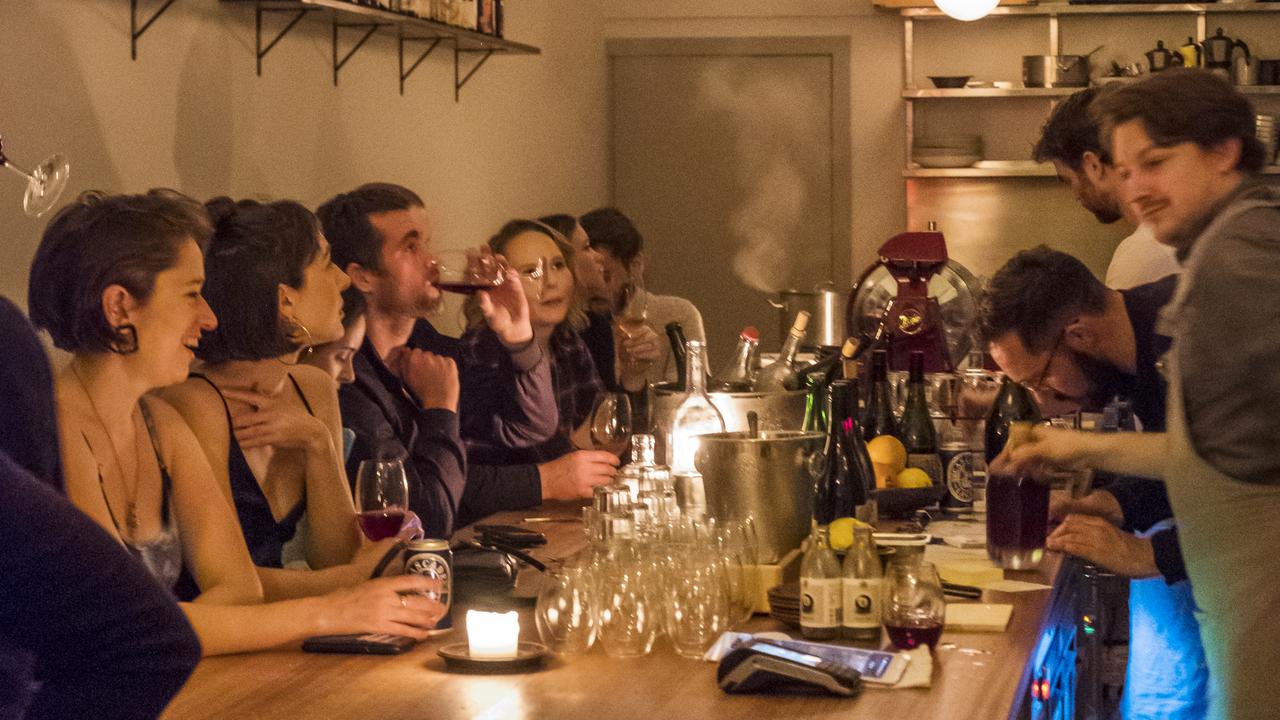Hong Kong gets a taste for Tassie saffron
AN award-winning Tasmanian business is exporting its locally grown saffron to Hong Kong.

Food and Wine
Don't miss out on the headlines from Food and Wine. Followed categories will be added to My News.
AN award-winning Tasmanian business has picked up its first order for locally grown saffron to be exported to Hong Kong.
Terry and Nicky Noonan, who started Tas-Saff in 1990, said they have been working on the export project for two years and their saffron is being used in the kitchen of Hong Kong Ritz-Carlton’s two-star Michelin restaurant.
Tas-Saff’s recipe developer Sally Brown said saffron has unique characteristics that bolster flavour of food.
“Saffron flavour cannot be copied,” Mrs Brown said.
It takes about 180,000 to 220,000 flowers to make one kilogram of Australian saffron.
“We are really pleased that Tas-Saff is recognised as an industry leader in growing and marketing Australian and New Zealand saffron,” Mrs Noonan said.
It is distributed nationally in Woolworths and independent supermarkets by McKenzie’s Foods.
The world market for Saffron exceeds 200 tonnes a year with an estimated market value of $1 billion.
Mrs Noon said saffron also has a beneficial medical impact on many levels.
“More than 200 studies published in the past decade reveal clinical trials claim saffron or crocin can help stabilise the retina in Aged Macular Degeneration (AMD) and partially restore vision,” she said.
“It is also claimed to aid in reversing mild cognitive impairment and relieve depression. Saffron-as-a-medicine story seems too good to be true.”
Tas-Saff has 80 established quality-assured contract growers in temperate climate areas of Tasmania, Victoria, New South Wales, South Australia and New Zealand.
“The group is producing extra category one high quality saffron at a competitive price. This saffron is progressively replacing lower quality imported saffron,” Mrs Noonan said.
Saffron is a spice used as colouring and flavouring agent in foods such as bouillabaisse, paella, rice, risotto, cheeses, puddings, tea, bread, butter, pastries, confectionery and liqueurs.
“It is the oldest, most expensive spice in the world and has been highly prized over the centuries.”
Mrs Noonan said saffron is a rich source of vitamins and a safe food.
“It has been cultivated from times beyond historical record, used in ancient Persia and was known at the time of King Solomon.”
Quality-assured producers like Tas-Saff compete with other suppliers who do not carry an International Standards Organisation (ISO) certificate.
“In some cases it’s not even saffron more often substituted by turmeric or another dyed substance.”
Australia imports about 3500kg of saffron annually with a retail value of $20 million. With increases of ethnic food styles and flavour in western diets the saffron market is growing at 2.5 per cent a year.
Tas-Saff saffron is available through specialist food retailers, wholesalers and restaurants.


